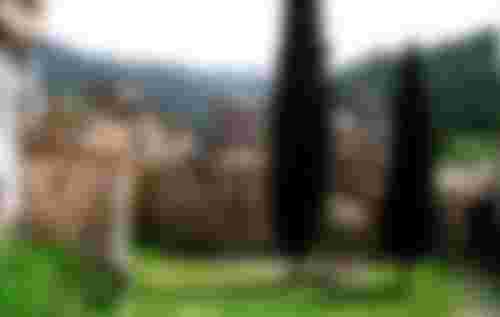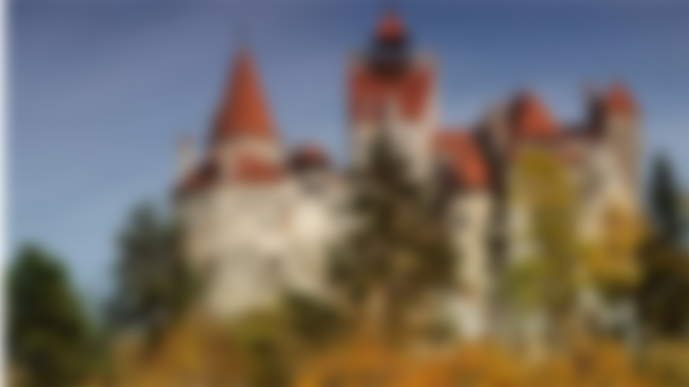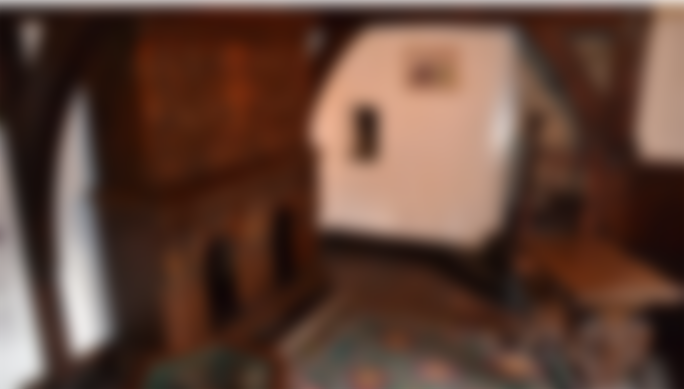Count Dracula was definitely not as scary as his character was demonized on the world historical stage. This is evidenced by the list of donors of the Hilandar monastery on the Holy Mountain, among which is Dracula, ie. Duke Vlad Cepes III.For a time, he had patronage over the monastery and provided significant privileges for Hilandar.The role of patron and founder of the monastery was great, especially during the Turkish rule. On behalf of her family, the former Sultan Mara Branković helped Hilandar by convincing Duke Vlado Cepeš, called Dracula (1456-1462; 1476), to take over the patronage of the monastery.

Mara Branković did not have a great influence on her husband, Sultan Murat II, but she did have on his son Mehmed II the Conqueror, who considered her a second mother.Upon her accession to the throne, he dismissed her from the harem, returned her dowry and gave some territories for administration. She settled in Halkidiki, near Mount Athos, engaged in Serbian diplomacy and distributed a large part of her property to her serfs. According to her, the whole area near Thessaloniki is called Kalamaria (Good Mary).
Travel agencies around the world, even in Serbia, organize a "Dracula tour" that leads fans of horror stories and the most famous vampire in his footsteps in Transylvania. During the visit to the medieval city of Sighisoara, which is under the protection of UNESCO, travelers will learn that the famous Vlach prince was just born in that place.The medieval castle of Bran, located near Brasov, on the border between the Romanian provinces of Transylvania and Wallachia and also known as “Dracula's Castle.” What will surprise visitors a bit is the fact that Vlad the Impaler spent the least time in that castle. Bran was home to Romanian King Ferdinand and Queen Mary.

About 800,000 visitors who visit this historic building every year will find out that the locals loved Queen Victoria's granddaughter so much that they gave her the 14th century fortress. Instead of Dracula, visitors to Bran discover the Romanian Queen Maria.The initial disappointment will soon be forgotten, when they see the secret passage, the multitude of seemingly hidden rooms connected by narrow corridors, the beautiful view of the inner courtyard. They will also be surprised by the sparsely equipped rooms, in which the modest ruler spent her days in prayer and solitude.

What is especially interesting for us is that Queen Marija was the mother of the Yugoslav Queen Marija, the wife of King Aleksandar Karađorđević. A favorite among Serbs, Marija Karađorđević learned from her mother to be gentle, to help the people, and it was noted that they cared for the wounded together during the First World War.
Dracula is a national hero for Romanians
Vlad the Impaler III was the inspiration for Bram Stoker for the story of the world's most famous vampire. Born as a Vlach duke, his nickname translates as "son of Dracula", from the Latin word "draco", which means dragon. It is a sign of his father's affiliation with the Order of the Dragon. He was remembered in history for his brutality because he impaled his opponents, raised them and left them to die in the worst torments.

POENARI CASTLE - the only real Dracula's home

As historians claim, Vlad the Impaler restored this castle. According to legend, his first wife killed herself by jumping from a tower during the Ottoman siege in 1462 so that the enemy would not capture her. It is interesting that 1,462 steps lead to it.Legend has it that Vlad the Impaler was buried in the Snagov Monastery, on the lake of the same name near Bucharest, but traces of the tomb have never been found.Although Romanians are bothered by the fact that their hero and fighter against the Turkish Empire is recognizable by the "fiction of an Irishman", it is the brand "Dracula" that brings Romania a lot of money from tourism and they use it a lot.
Thank you for reading this article




